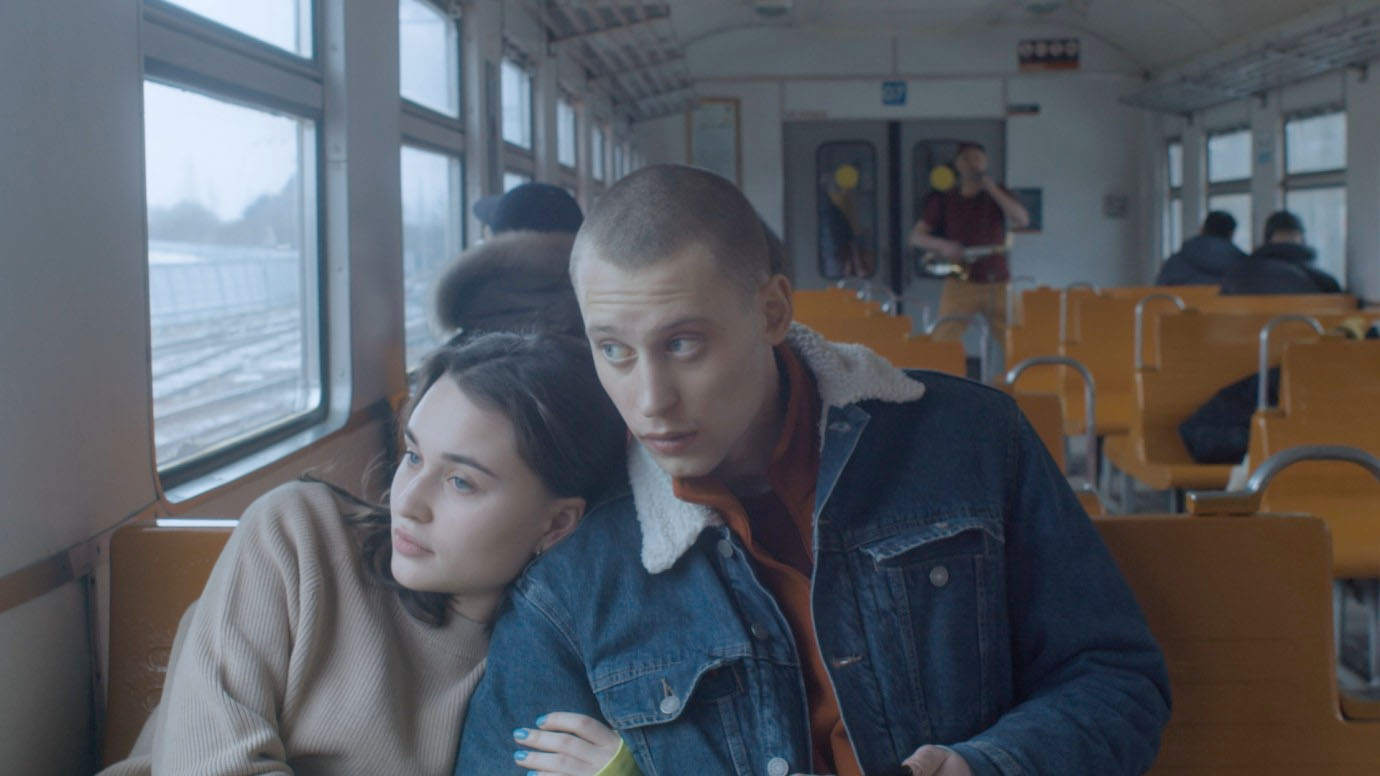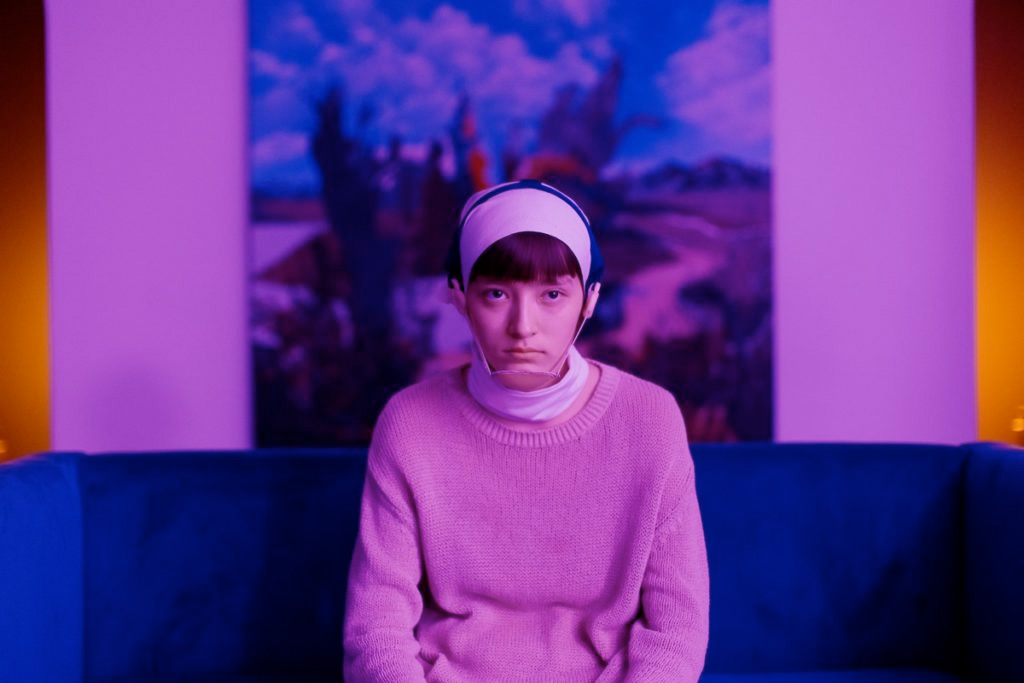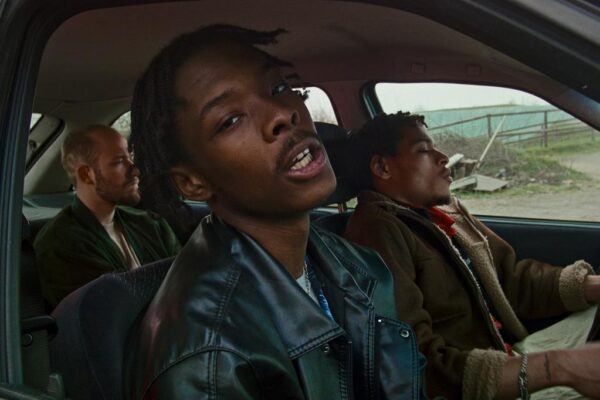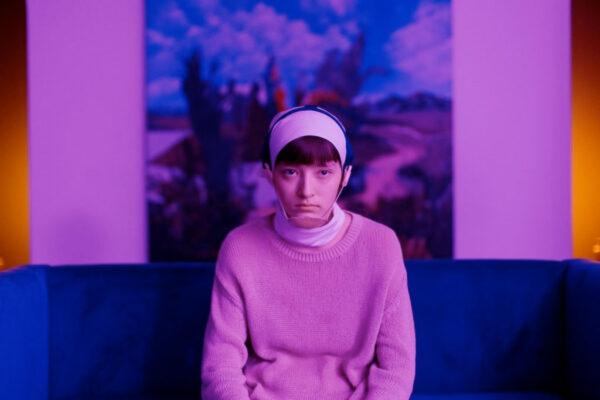Not Even Neon Makes Them See Us
Deconstructing Realism In The Modern Day
A number of recent short films that have had high-profile wins on the festival circuit are notable for how they play with realist tropes. We examine some of them and find a young generation in need for new tools to talk about their experiences.

It is perhaps stating the obvious that the short format allows for an experimental approach to the medium of film. Yet, while the experimental and the boundary-breaking are, for many, what defines the unique nature of the short film, there are still countless shorts whose success comes from their general adherence to rules of genre and narrative. Certainly–for live-action fiction shorts at least–the tenets of social realism still loom large amongst many films, often exploring the important political and social issues of the day. Immigration, sexuality, identity, and climate change have all been examined in numerous popular short films in which naturalism is the order of the day. But a number of recent high-profile shorts have become significant for the way in which they initially appear to be traditional works of the social realist vein but quickly undercut the established rules of the genre—what results is a new breed that both conforms to and shatters formal genre boundaries.
Winning the Golden Bear for Best Short at the 2022 edition of Berlinale, Anastasia Veber’s The Trap (Russia, 2022) is a remarkable and controlled study of young people living within a tightly controlled police state. Veber follows its two protagonists, Marina and brother Sasha, through various vignettes of their lives. Marina dances in a club, looking for some sort of release from a dull life, while Sasha finds himself the subject of random police checks. Sasha also trains for the Olympics with the rigour one would expect to follow such a regime. For much of the film’s runtime, ‘The Trap’ is an icy and harsh affair. Anton Gromov and Egor Sevastyanov’s cinematography veers between still and static shots and an almost documentary-like feel of nervous energy. The scene in which Sasha is stopped by police is observational, almost voyeuristic, whilst others crackle with tension. With committed and raw performances, the film is a clever and taut example of naturalistic filmmaking.
But the film’s climax totally flips everything on its head. After the tension builds, we’re thrust into an abstract dance sequence in which characters converge in a choreographed sequence as the camera follows them as they contort their bodies and faces before coming together and forming a mass of writhing torsos. It’s a striking and remarkable sequence–made all the more distinct when compared with what has gone before—that flirts between a sense of liberation and of the ridiculous. Yet while the change in dramatic tone is certainly jarring, it still makes sense within the context of the film and transforms a tightly formal piece of work into something much more elegiac.
Dance also forms a central part of Leonardo Martinelli’s Neon Phantom (Brazil, 2021), winner of the Golden Leopard at Locarno in 2021, as the film flits between dance numbers and introspective moments in which delivery bike riders muse on poverty, labour and the state of modern Brazil. The film sets out its stall from the very beginning, as lead protagonist João sings a song lamenting his lot as a delivery driver. We quickly move to a more naturalistic approach with still shots of delivery drivers accompanied by voice-over charting economic hardship and police harassment. Then we see a shot of a strange apparition, floating in the middle of the street before we enter another musical sequence. Neon Phantom constantly undulates and ebbs and flows between different states: a lithe and electric scene of dancing on a stage the one minute, an intimate but powerful exchange between two friends the next.
While it eschews the rigid formality that makes up The Trap–favouring a more fluid approach as it slips between modes of genre–the effect is similar to Veber’s film. The contrast between the moments of dance and music and the introspective ideas of poverty and a young generation being lost give the film a vitality and emotional impact. Certainly, musical sequences often offer a release and a catharsis. But much like ‘The Trap’, here they seem to be an expression of frustration rather than escapism. At one point a dance number has people holding instruments, a saxophone held like a rifle. There’s an air of menace rather than the joy said moments usually engender.

The Trap (Anastasia Veber, 2022)
Both The Trap and Neon Phantom offer dissonance but never seem disjointed: their genre shifts seem natural and crucial to the stories they are telling. The same goes for Théo Jollet’s Meet Doug (France, 2020), the winner of the Labo Competition at the 2022 edition of the Clermont-Ferrand International Film Festival. Already discussed within these pages, Jollet’s film takes an approach similar to Neon Phantom as it ebbs and flows through various genres throughout its running time. Throughout the story–which is partly concerned with how the current generation of young people build mythologies around themselves–it becomes clear that fragmented narratives are more and more how a certain generation sees reflecting upon their lives. With a generation growing up on YouTube and TikTok, constant change, mutation, and staccato modes of storytelling become the norm. Genre shifts are normalised because they are at the touch of a button and at the control of the viewer. A music video the one moment. A life hack the next. Narrative has ceased to be a highway and more a series of stops on the way, with changes in tone and style a normal occurrence rather than something that entices surprise.
Riz Ahmed’s co-written and produced Best Live Action Short Oscar-winning The Long Goodbye (UK, 2020) is yet another example of two distinct modes of genre crashing together. The film utilises powerful naturalistic tropes as it depicts British Asians being attacked and beaten down by police during a raid–the shaky camera of a documentary makes for powerful and disturbing images. But soon rap music is playing over those images, and the end sees the beaten and bruised protagonist, played by Ahmed, deliver a rap/monologue straight to the camera as the state of post-Brexit Britain is caustically reflected upon. Again, the use of socialist realist rules that are subsequently undercut is what gives much of the film its power, a juxtaposition between images of harsh reality and feelings of disillusion. Crucially, throughout all these films, these moments that break out of the tropes of social realism aren’t there as a relief but as a reinforcement of ideas of betrayal, despair, and being trapped in a society that seems out of kilter with the wants and needs of a young generation.
One of the delivery drivers in Neon Phantom states that, “Not even neon makes them see us.” Despite their distinctive and colourful uniforms, they are still a lost and unseen generation. And one would perhaps see this as a key to why these films play with the genre as they do. Aside from being an aforementioned reflection of a culture that is beginning to experience and consume narrative in a different way, they are also a way of trying to talk about the parlous state of the world and have it noticed.
For all the important stories that have been told, for all the experiences that have been shared, for all the wrongs that people have tried to shout about the world seems to have been getting worse. People are still forcibly removed from their homes. The ice caps are still melting. The world still burns. Outside the realm of documentary, harsh realism and controlled naturalism still prove a dynamic tool but there’s a certain feeling that, for some audiences, they are becoming immune to the power that they undoubtedly have. As a generation begins to be raised under a cloud of fake news and a sense that nothing is necessarily true, a fealty to the depiction of reality seems somehow inadequate. The films mentioned here need something more, to try and capture a sense of frustration and doom that merely showing reality cannot hope to do.

Orthodontics (Mohammadreza Mayghani, 2021)
Would The Trap, as compelling a slice of realist filmmaking as it chiefly is, be so lauded and memorable without its bravura final sequence? Many of the themes of The Long Goodbye have been prevalent in British cinema over the past few years–would it be as arresting without those powerful final moments delivered straight to the camera? The genre breaks in these films don’t distract from their political undertones—they give them an import and urgency towards an audience that has become slightly numbed to a reality that they can’t quite believe in.
This is not to claim that these films are the first examples of short films breaking and playing with genre, especially social realism. As mentioned, boundary-breaking is perhaps one of the very definitions of the entire medium of short film. Yet, many previous examples of this blurring between boundary lines of realism have often done so with a wistful absurdity and sense of the surreal–the films of filmmaker Konstantina Kotzamani for example. While the absurd and surreal exist in many of the films mentioned before, there’s a much harder edge of frustration and rage that seeps out. These do not pit reality against a world of dreams. These pit reality against a generation for whom reality itself is something of an enemy, rather than as a giver of hope. By allowing reality to be constantly undercut, there is a fighting back, an attempt to reclaim some sort of truth that current reality does not allow.
There are many other examples of filmmakers who are beginning to utilise and twist social realist tropes within their works. With works such as Spotted Yellow (2020) and Orthodontics (2021) the traditional realist tropes associated with Iranian cinema are being comprehensively challenged. Philippine filmmakers such as Petersen Vargas explore sexuality identity in powerful works like How To Die Young In Manilla (Philippines, 2021) that push traditional boundaries. Each of these are bold, new, and provocative voices in cinema that not only speak and deal with important issues but do so whilst playing with the norms of their national cinemas.
Realism will still continue to be one of the dominant modes within narrative fiction short filmmaking. But the examples of the films mentioned above show how its tropes continue to be changed and morphed into new modes of storytelling that allow a generation unsure of what reality constitutes the chance to explore their truths and experiences.


